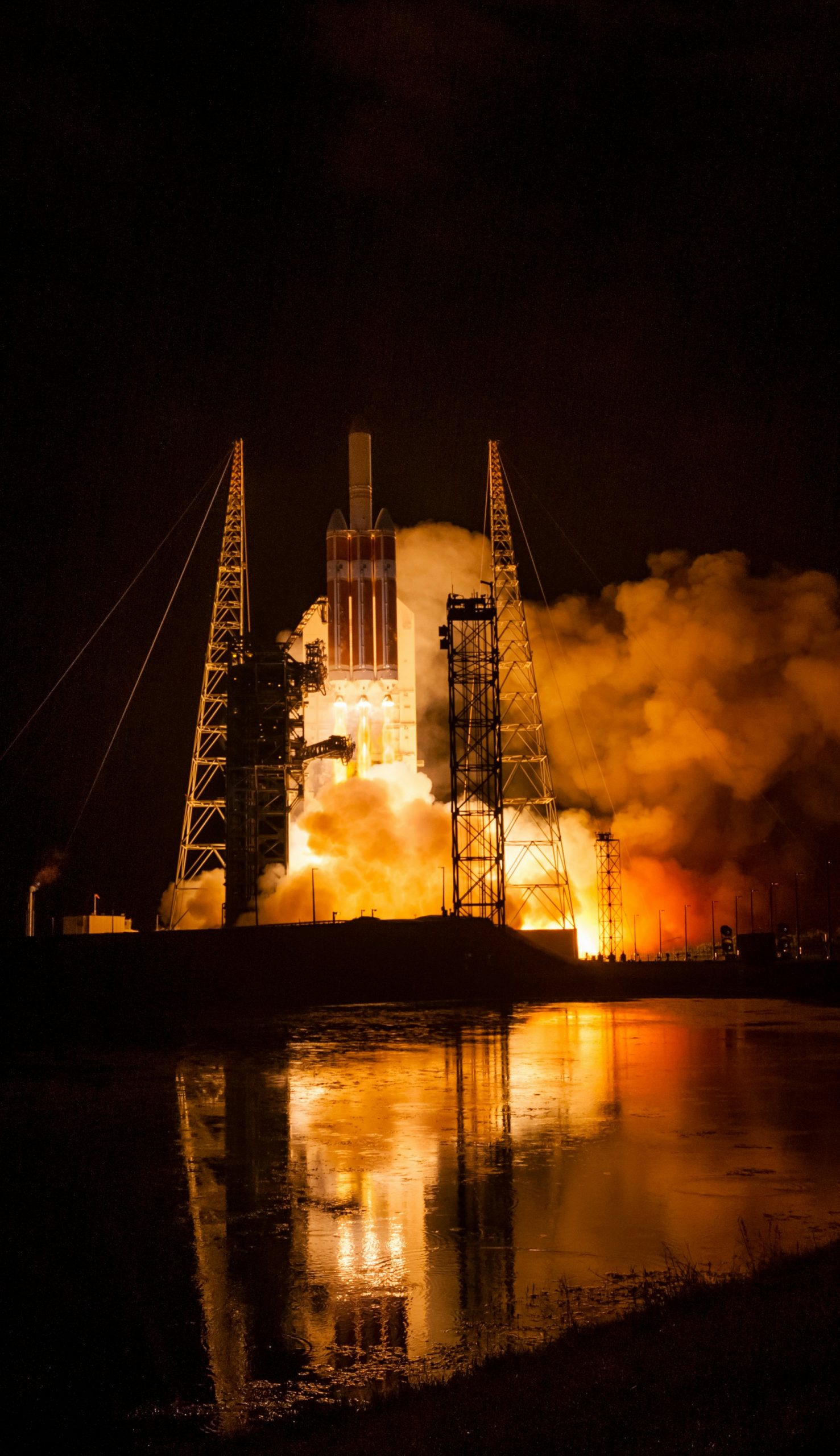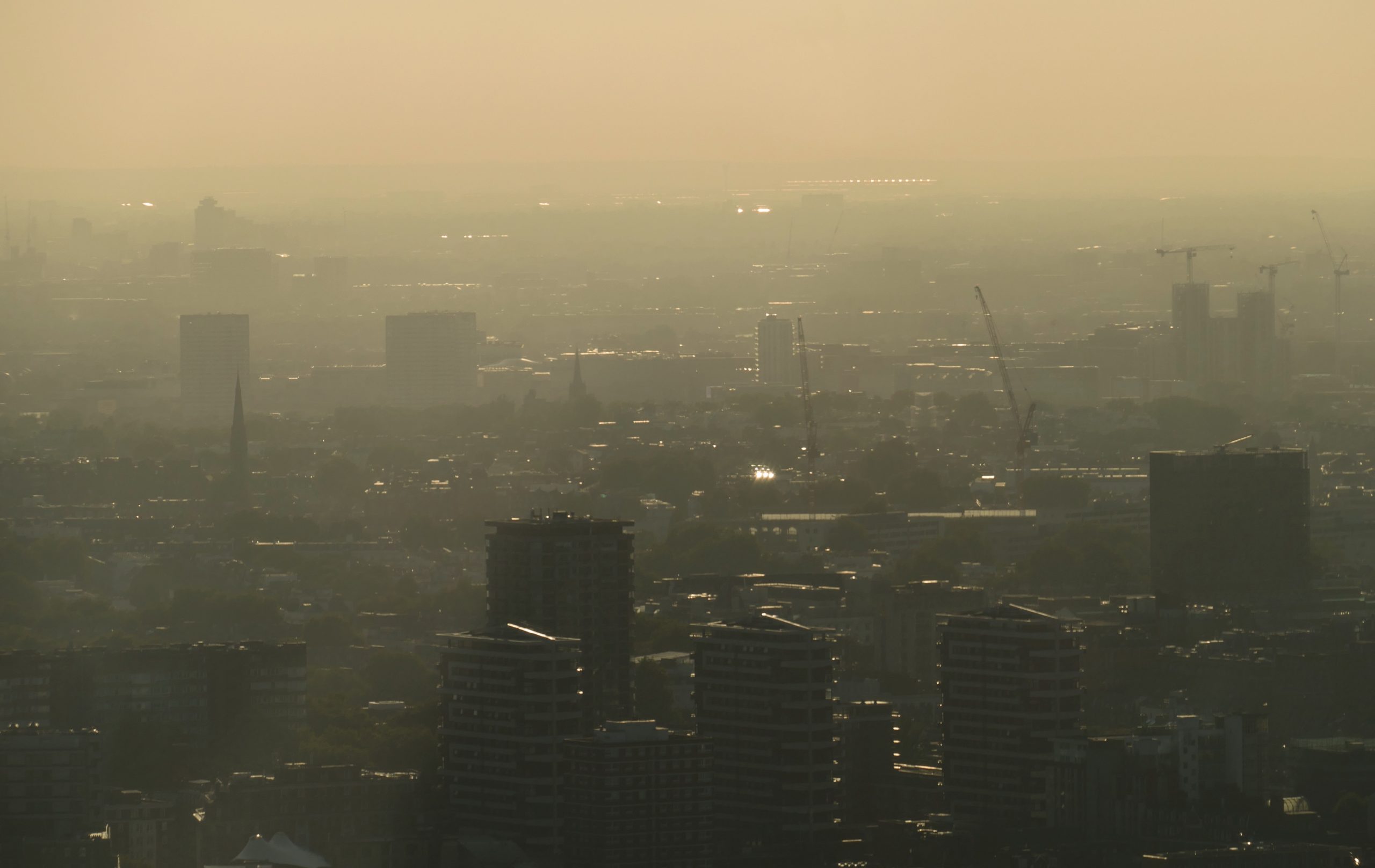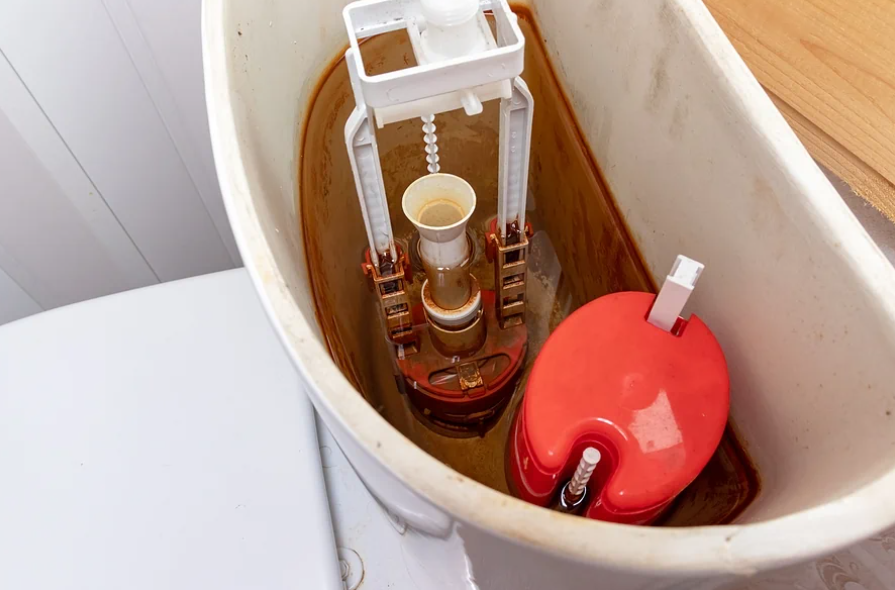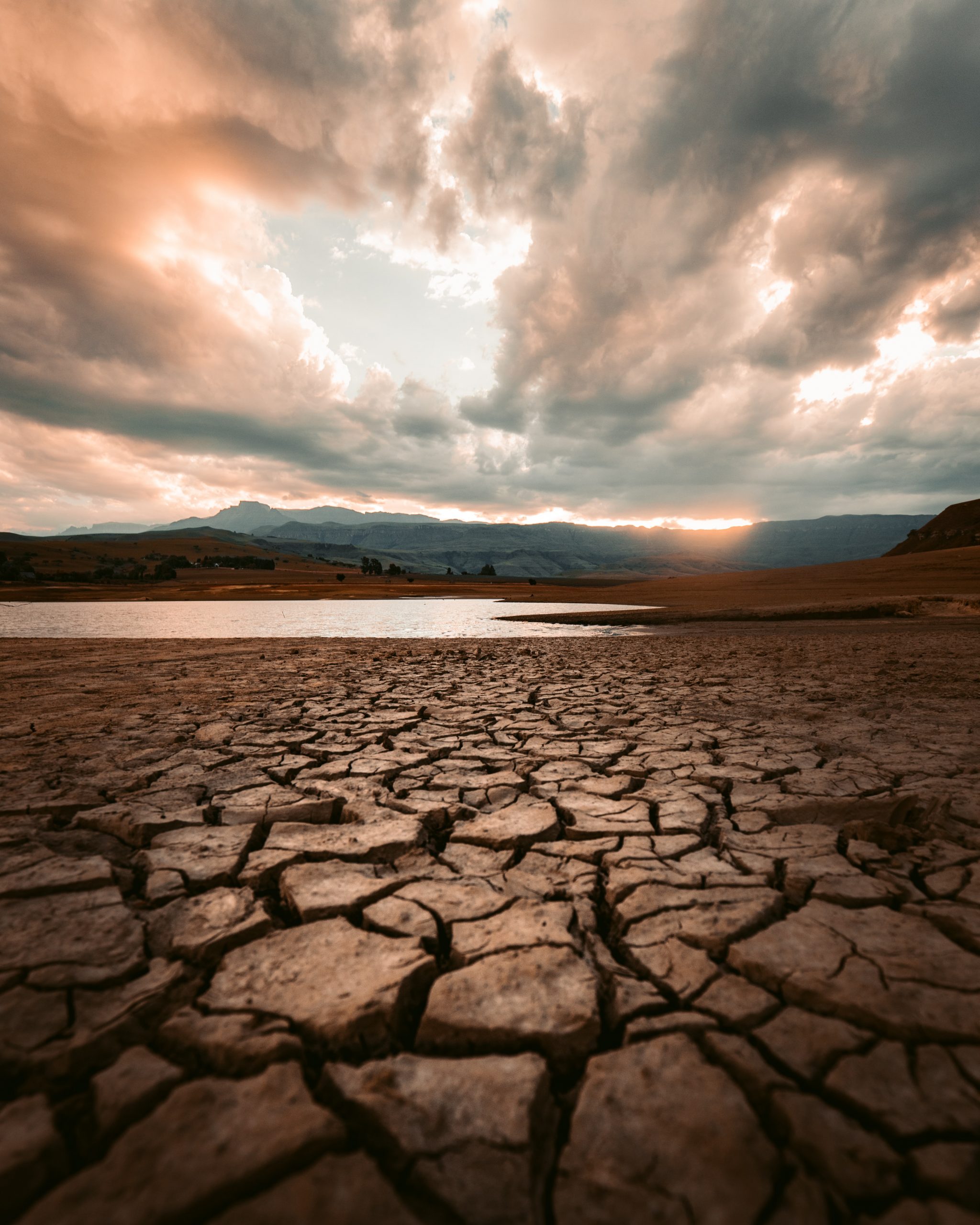Hydrogen Peroxide as an Air Cleaner
Hydrogen Peroxide as an Air Cleaner
Hydrogen peroxide has been around for a long time. The brown bottle you may keep in your bathroom as an antiseptic for treating wounds has many, many more uses! It was discovered in 1818 by scientist Louis Jacques Thénard as he reacted barium peroxide with nitric acid. Today, it’s still used medically, as well as in many diverse applications such as launching rockets and satellites into space, or as a more environmentally-friendly alternative to chlorine-based bleaching products in the manufacture of paper. (Peroxide Power)
Hydrogen peroxide is chemically written as H2O2, meaning it has 2 hydrogen atoms and 2 oxygen atoms. It is an oxidizing agent, releasing an oxygen atom when it decomposes. Decomposition happens quickly in the presence of organic matter like microbes or reactive compounds (hence the bubbling fizzing action on wounds or with baking soda), but it will also decompose slowly in storage, which is why it’s sold in those brown bottles to protect it from light and the ambient air.
Hydrogen peroxide can be used as a disinfectant in appropriate dilutions on surfaces, in laundry, and in the air. In the air, hydrogen peroxide is safe in concentrations up to 1ppm according to the Occupational Safety and Health Administration (OSHA). Because it’s chemically very similar to water, it can be produced from water and decomposes into water. Yet as common and beneficial of a substance as it is, bulk hydrogen peroxide is surprisingly hard to produce and transport. Currently, large quantities of hydrogen peroxide are made through what’s known as the “anthraquinone process.” This method is energy-intense, requires large-scale production, and produces large quantities of carbon dioxide (CO2) as a byproduct. While directly reacting hydrogen and oxygen to make hydrogen peroxide would be ideal, thermodynamics prefers to form the more stable water (H2O) over hydrogen peroxide. (Producing hydrogen peroxide when, and where, it’s needed) However, since only a minimal amount of hydrogen peroxide is needed and proven safe to kill microbes in the air, purifiers are now using different technologies to produce “dry” hydrogen peroxide and distribute it for air cleaning. Here are some examples:
- Photohydroionization (PHI) is a technology developed by RGF Environmental Group that uses a broad-spectrum, high intensity UV light targeted on a hydrated quad-metallic catalyst. The UV light in conjunction with the catalyst promotes the conversion of naturally occurring water vapor into airborne molecules of hydrogen peroxide (H2O2). These airborne H2O2 molecules revert to oxygen and hydrogen once they have come in contact with a pollutant. (PHI) This company produces standalone and in-duct products.
- The TADIRAN AIROW technology fractures Oxygen (O2) into two separate “O” molecules by using a discharge current. These “free O” atoms combine with the H2O molecules in the airflow, transforming into hydrogen peroxide (H2O2). The H2O2 is then distributed through the indoor unit of the air conditioner into the conditioned living space. The amount of hydrogen peroxide that Tadiran’s new TADIRAN AIROW releases into the conditioned space is below the safety requirement as determined by OSHA of 1ppm. TADIRAN AIROW has been proven to release less than 7ppb of hydrogen peroxide. (HYDROGEN PEROXIDE TECHNOLOGY FOR INDOOR AIR PURIFICATION)
- AirROS purifiers utilize and create 7 species of ROS (Reactive Oxygen Species). The first stage, which occurs inside the device, includes 5 of these ROS (atomic oxygen, singlet oxygen, hydroxyl radicals, superoxide and peroxynitrite), and 2 species (gas-phased H2O2- dry hydrogen peroxide and low concentration levels of O3-ozone) leave the reactor and move into the room for further disinfection. According to AirROS, “...Dry Hydrogen Peroxide purifiers technology can only provide short-distance surface treatment within the air purifier because of the short life of hydrogen peroxide. If you have a surface not close to the purifier, it will be untreated and left vulnerable to contamination. AirROS commercial air and surface purifiers offer long-distance surface treatment because of the Trioxidane that forms from O3 and H2O2 combined, which means you can treat any surface, no matter how far away it is from the purifier. As a result, it provides an added layer of protection against surface contamination and eliminates odor effectively. Trioxidane decomposes very quickly in water but has a half-life of 16 minutes in normal ambient conditions, making it one of the longest lasting hydroxyl radicals. It’s theorized that the human body also produces trioxidane as a powerful oxidant against invading bacteria because the body also produces singlet oxygen and has lots of water, the two ingredients for making trioxidane. (Trioxidane)
- AsepticSure Oxidation by Medizone International (UK company) is a system that uses hydrogen peroxide and ozone to clean unmanned rooms. According to EPA registration, personnel must be trained, the room must be sealed, and the ozone generated can have severe effects on certain materials, such as natural rubber and nylon. The time to disinfect, personnel required to operate the system and limitations (not to be used with contraindicative materials or with life-saving equipment or with personnel in the room), all seem to be quite restrictive, yet the system has been sold to and installed at many medical facilities.
- A hydrogen peroxide generator composed of a TiO2 catalyst that is activated with UV light was studied in 2022. The photocatalyst becomes activated by light given off by a nearby UV-A bulb which excites electrons across the bandgap of TiO2, converting water vapor in the air stream passing through the catalyst into H2O2. The researchers were aware that it is theoretically possible that H2O2, OH radicals, and hydroperoxide radicals can enter an air stream that passes through an operating photocatalytic TiO2 structure. From an indoor air space standpoint, however, only H2O2 will survive long enough to be detected at distances greater than about 1 cm from the photocatalyst. Over time, the H2O2 that has entered the room will either react with organic species within the indoor space or decay naturally into the benign products, water and oxygen. Hydrogen peroxide can last up to 30 minutes, depending on temperature, humidity, and reactive contents in the room.
Limitations of dry hydrogen peroxide include:
- Position of the unit: position is very important, because dry hydrogen peroxide has relatively high reactivity, which can diminish its effective lifetime. For instance, H2O2 is known to react with metal surfaces such as those provided by the metal ductwork in the bypass duct. As the pathlength between the device and the room becomes longer, the H2O2 concentration could possibly become diminished (due to reactions with the metal ducting) to a point where MS2 inactivation is minimal or no longer even occurs (2022 study Evaluation of a Gaseous Hydrogen Peroxide Generating Device).
- Sensitivity: The other product, trioxidane, is a product of ozone and hydrogen peroxide. Although devices are restricted in ozone output in the US, those who have asthma or other respiratory issues may want to use them with caution.
Photo by Bill Jelen on Unsplash





